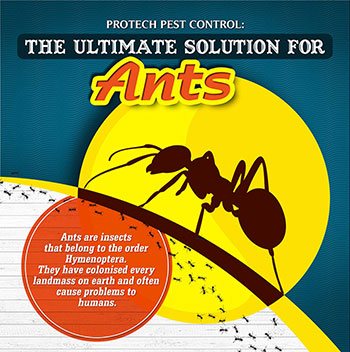Discover The Tricks Of Rodent Behavior And Change Your Bug Control Approach! Get Professional Insights Now And Say Goodbye To Those Annoying Animals Completely!
Discover The Tricks Of Rodent Behavior And Change Your Bug Control Approach! Get Professional Insights Now And Say Goodbye To Those Annoying Animals Completely!
Blog Article
Content Produce By-Arsenault Toft
Think of being able to expect the actions of your challengers in a game of chess, always staying one action ahead.
On the planet of bug control, understanding rodent habits resembles having that tactical benefit. By getting professional insights into the nesting practices, feeding patterns, and communication and social actions of rodents, you can properly deal with these pesky animals.
However just how precisely do rodents behave, and why is it crucial to recognize? In https://www.fox61.com/article/news/local/outreach/awareness-months/animal-control-officer-gives-tips-to-pet-owners-after-3-dogs-die-at-berlin-kennel/520-0d70f95a-1988-40b7-8331-bd047372e072 , we will certainly unravel the secrets of rodent habits, offering you with beneficial understanding that will certainly assist you stay ahead in the battle against insects.
Are you prepared to uncover the secrets of these shrewd animals?
Nesting Behaviors
To comprehend rodent actions and effectively control parasites, it's important to get insight into their nesting practices.
Rodents, such as mice and rats, have a natural instinct to find sanctuary and create nests where they really feel risk-free and secure. These nests serve as their homes, breeding grounds, and storage areas for food. Recognizing their nesting routines can assist you identify potential areas of problem and apply targeted control measures.
Rats generally favor nesting in dark, remote rooms, such as attics, cellars, crawl spaces, and wall voids. They make use of products like shredded paper, fabric, insulation, and even chewed-up electric cables to develop their nests.
Feeding Patterns
Rats display distinct feeding patterns that play an essential function in their habits and can notify reliable parasite control strategies. Recognizing these patterns is crucial for applying successful insect control measures.
Rats are opportunistic feeders, implying they'll eat whatever food is easily offered. mouse click the up coming website page prefer high-calorie foods such as grains, nuts, and seeds. This is why correct storage of food and waste management are essential in preventing rodent infestations.
Furthermore, rats are nighttime, which implies they're most energetic throughout the night when they search for food. By recognizing their feeding patterns, you can strategically place catches and baits to optimize their performance.
Keeping food resources hard to reach and maintaining a clean setting can aid discourage rodents and minimize the risk of problem.
Communication and Social Behavior
Understanding just how rodents communicate and engage socially is essential for effective pest control strategies. Rats, like computer mice and rats, have complicated interaction systems that they utilize to communicate information per various other and coordinate their tasks. Here are 3 essential aspects of rodent communication and social habits:
1. Articulations: Rodents produce a wide variety of singing audios, consisting of squeaks, tweets, and babbling, to communicate with each other. These vocalizations can convey various messages, such as risk cautions or mating telephone calls.
2. Scent noting: Rats utilize scent glands to leave chemical signals on items and in their environment. These scent marks act as territorial boundaries and communicate info concerning reproductive standing, prominence, and social association.
3. Social hierarchy: Rats have an ordered social structure, with leading people having access to resources and chosen nesting websites. Recognizing this hierarchy is very important for targeting insect control initiatives and recognizing crucial individuals for removal.
Conclusion
So, there you have it - a short look into the fascinating world of rodent behavior. By comprehending their nesting routines, feeding patterns, and interaction, we can better deal with the issue of pest control.
Did you know that a female computer mouse can create as much as 10 litters annually, with each clutter containing around 5-6 puppies? This amazing fact highlights the significance of punctual and efficient parasite administration to prevent rodent populaces from spiraling out of control.
